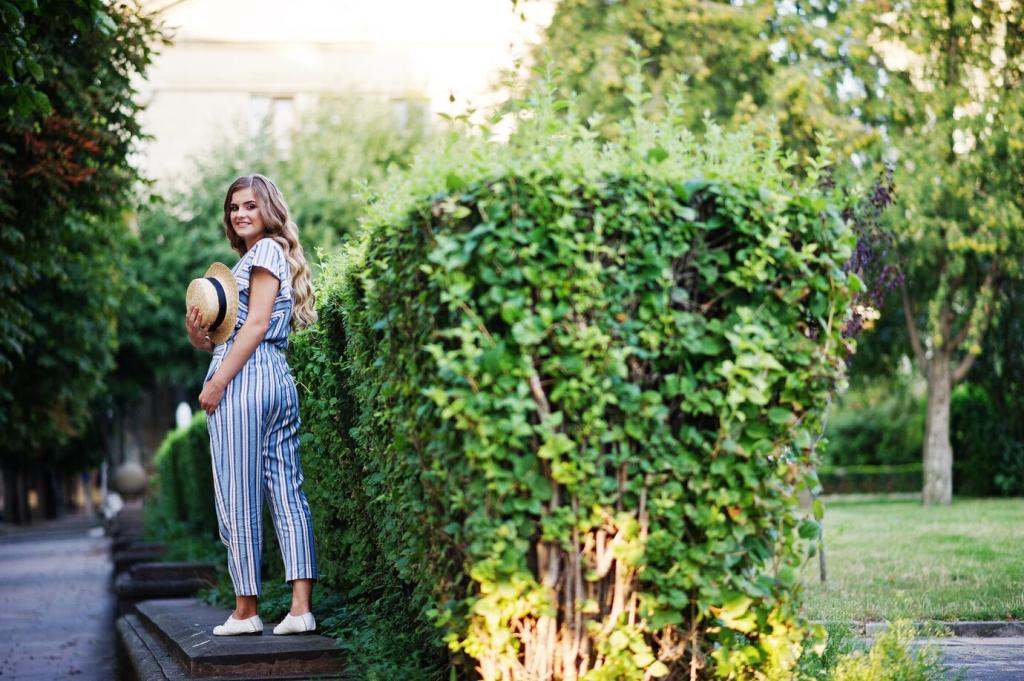Maintenance that Nurtures Life
Leave seed heads, hollow stems, and some leaf litter through winter to shelter insects and feed birds. Tidy in spring after consistent warmth returns. Share your climate zone, and we’ll suggest the safest cleanup window for your region.
Maintenance that Nurtures Life
Encourage natural predators like ladybugs and lacewings, and use hand-picking or barriers before chemicals. Healthy soil and diverse planting prevent many outbreaks. Tell us your toughest pest, and we’ll craft wildlife-safe strategies to restore balance gently.





